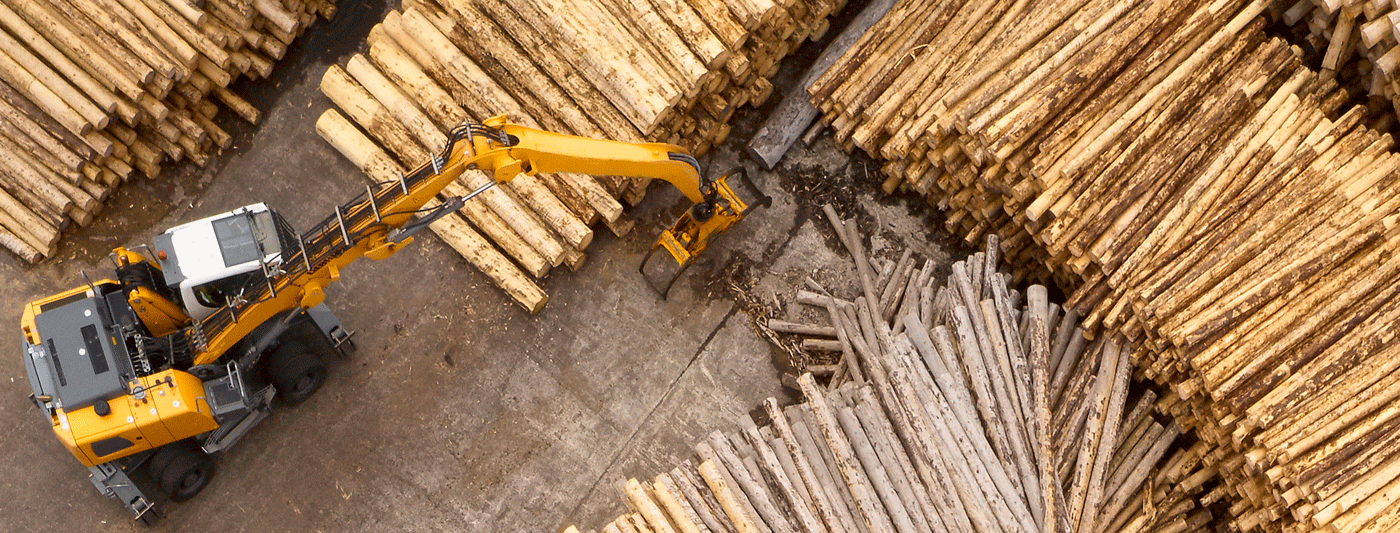

The logs chosen for natural veneer production are carefully selected to ensure they are the highest quality.
A veneer-grade log is the highest grade of any forest, representing only few percent of each woodland - the quality is important because the features of the wood will be visible in the finished product. Careful selection by our log buyers and strict adherence to renewable principles make our processing methods ecological and sustainable.
Freshly cut logs are delivered to our factory by truck, where each log is checked and measured upon arrival. Our skilled operators 'cook' the logs in boiling water for several days in order to make them supple for slicing. Logs are then debarked and split - usually into halves or quarters.
Once a log has been split, it is placed onto our horizontal slicing machine where it is sliced into thin sheets of veneer. The veneer sheets are turned and stacked as they come off the slicer.
Next, each veneer sheet is individually dried with hot air for around 5 minutes to reduce moisture content.
Veneers are then guillotined to size, which ensures all edges are perfectly straight. The cropped veneer is inspected for any defects - such as colour defects, split ends or knot holes - and is then sorted for its intended purpose. This could be for furniture making, door layons or custom requirements that a customer may have.
Some veneer will be processed further to change its appearance. This is the case with our engineered and dyed, textured and chemically treated ranges of veneer.
Finished veneer is then safely stored on palettes ready for order.